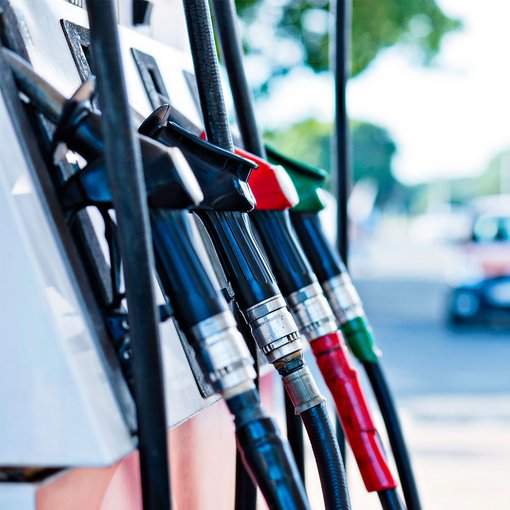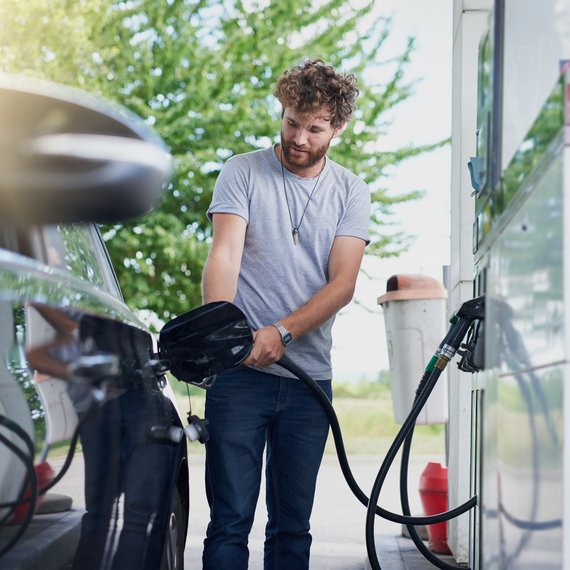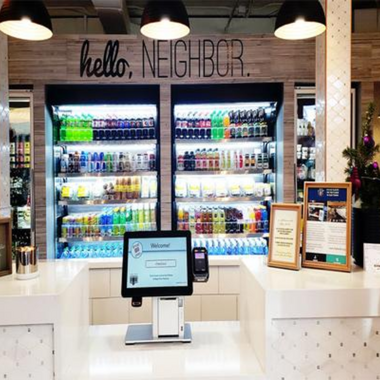
- Five minutes read
The EMV liability shift: Gas stations still have a lot of work to do
With six months to go until the EMV deadline, we take a look at how gas stations have progressed since the latest extension and how far they have to go.
Back in August, we wrote an article for our Paysafe Insights blog that explained why preparation to manage the EMV liability shift had to remain a priority for independent gas station owners, despite the fact that deadline for compliance had been pushed back six months to April 17 2021.
Clearly there were strong arguments for moving the deadline for replacing magnetic strip reading card terminals with EMV-enabled “chip and pin” readers back six months, almost entirely relating to COVID-19.
The impact of the pandemic was compromising gas stations’ abilities to overhaul their at-pump payment terminals primarily on two fronts. The first was that the escalating crisis had diverted attention away from compliance; the financial squeeze of social distancing added to the shift in priorities such as providing gas to first responders meant that gas station owners were either simply not focused on integrating new payment terminals, or didn’t have the finances to do so.
The second was a practical impact on installation. Technicians capable of integrating new terminals, who were already in short supply before the COVID-19 outbreak, were initially prohibited from taking on any new work during the height of the pandemic (with the exception of repairing damaged pumps). This problem was exacerbated even further as the toll of COVID-19 on people’s health kicked in; in addition to installation technicians, hardware manufacturers’ schedules were derailed due to staff shortages that were a consequence of the virus. The offices processing inspections and permits for new equipment were also closed.
The need to upgrade now
Despite these compelling reasons to push the liability shift deadline back into 2021, there is no reason to believe the deadline will be extended again regardless of where we are in the battle to control COVID-19.
And while the cost of integrating new terminals is incredibly steep, the cost of not doing so is potentially significantly more severe. The impact of fraudulent activity at the pump, and a subsequent wave of chargebacks (that the gas station would be responsible for repaying in addition to a fine from VISA or Mastercard) could be catastrophic for businesses, and those that don’t implement EMV at the pump not only run this risk, they also become even greater targets for fraudsters as their competitors solidify their at-pump security, compounding their issues further.
This is why we stressed to gas stations that the deadline extension wasn’t a reason to become complacent, instead it was time to ramp up their compliance efforts.
Data shows there is work to be done
However, recent data released by Conexxus strongly suggests that gas stations are yet to make significant inroads to the compliance process, and in many cases are still significantly behind where they need to be if they’re to make the April 17 2021 deadline.
In Conexxus’ EMV Preparedness Survey, compiled using in-field data collected between August 19 and September 4 2020, only 14% of gas station owners said that all of their sites were already EMV compliant. No operators with more than 50 sites said that they were already fully protected against the liability shift. At the other end of the spectrum, 31% of site owners are not EMV compliant at a single location and another 24% and EMV terminals at less than 25% of their sites. These broad figures also reflect the situation with smaller independent gas stations with 1-10 sites; over half of these owners have less than 25% of their sites EMV compliant and 43% have no EMV terminals installed at any locations.
More encouragingly, no respondents to the survey said they expected to have zero sites EMV compliant by the deadline. But only 61% expect to be 100% compliant by April 2021. And by cross referencing expectations of each owner for 100% compliance with the number of sites they operates, Conexxus believes that we will not see more than 50% of sites EMV compliant before 2023.
When the survey is compared to previous data sets we can see some progress is being made; the percentage of owners that are 0% compliant had fallen from 70% in 2019, to slightly over 50% in Q1 2020 and now 31% in Q3 2020. But the percentage of owners that are 100% compliant has remained relatively flat over that time, capping the headway that has been made.
Next steps
Almost a quarter (22%) of gas stations that have deployed no EMV terminals to date have not committed to an integration timeline, and 100% of these owners cite the cost being too high or the risk not justifying the expense as being the reason. These operators should speak to their payments provider and reconsider this position.
Overall, gas stations, particularly those that are some way down the road with their integrations, still have time to meet the deadline. But there are hurdles to overcome. Lack of available hardware (identified by 87% of respondents by store count) and lack of available software (89%) are two of the main reasons gas stations are struggling and this bottleneck in the process seems difficult, although not impossible, to clear.
But with the deadline fast approaching and no further extensions on the horizon, focusing squarely on accelerating the compliance is now the only optimum decision gas station owners can take.
To find out more about how to comply with the EMV deadline, or all the options that are available to your business, contact the PCS team today.




